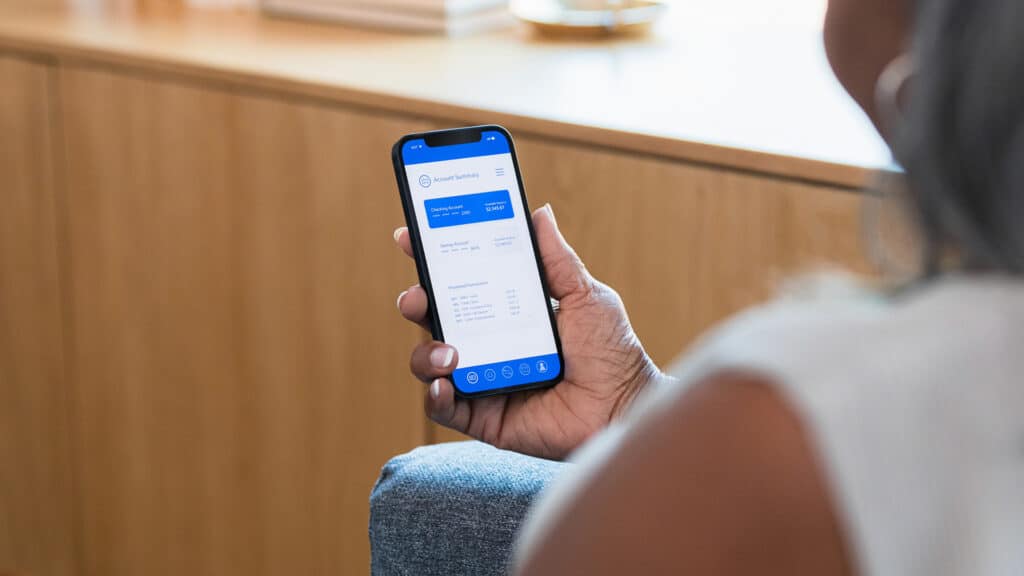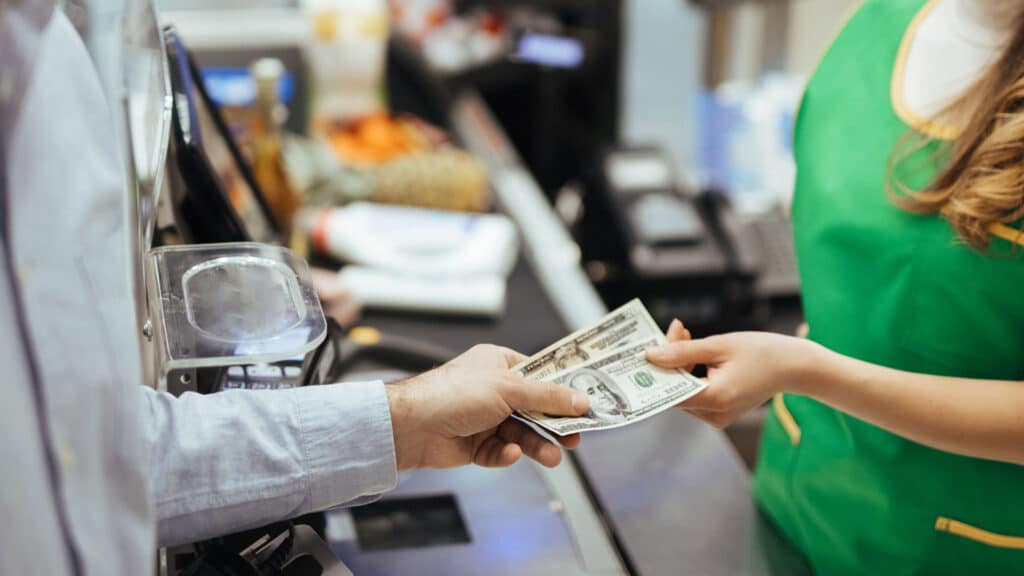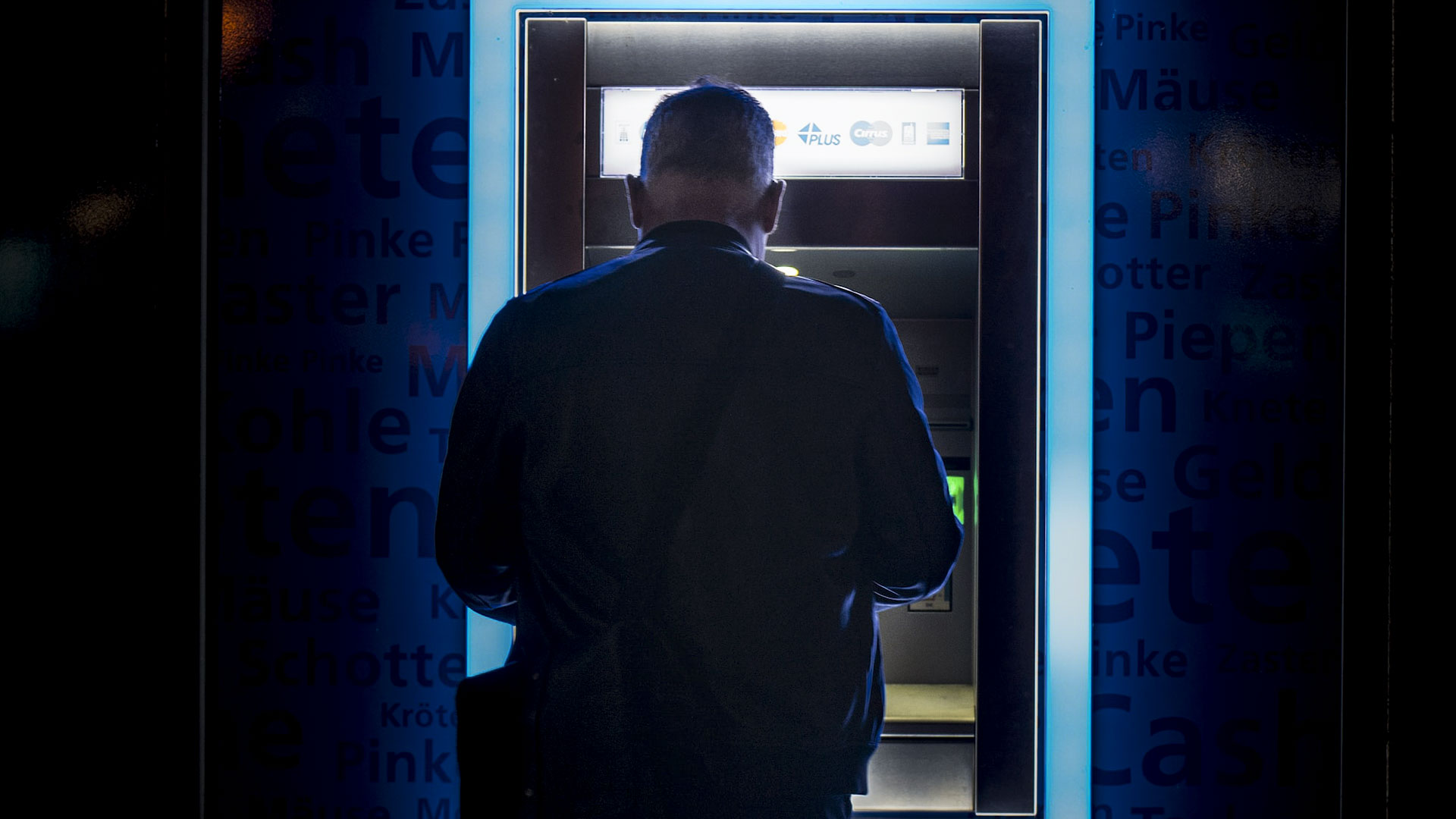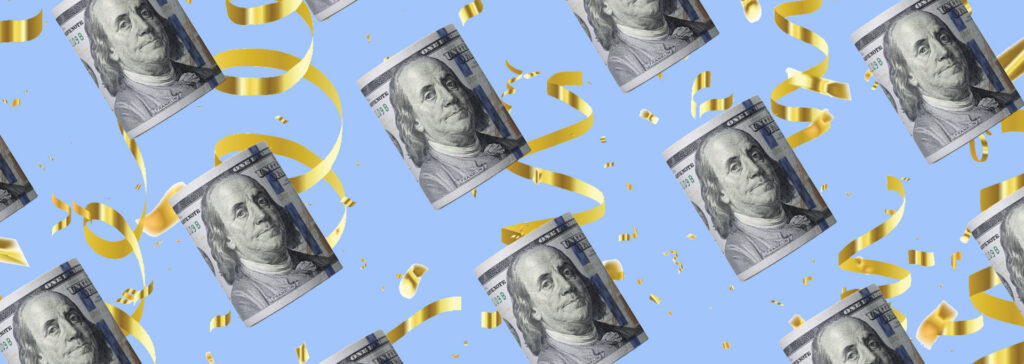Most products on this page are from partners who may compensate us. This may influence which products we write about and where and how they appear on the page. However, opinions expressed here are the author's alone, not those of any bank, credit card issuer, airline or hotel chain. This page may include information about American Express products currently unavailable on Slickdeals. American Express is not a partner of Slickdeals.
Life happens and there are moments when the month is longer than your paycheck can cover. While there are financial products such as credit cards and personal loans to tide you over, sometimes all you need is a bridge until your next paycheck comes in.
Overdraft protection is a simple feature that can provide this safeguard to individuals who may be spending more than they have sitting in their bank accounts. Figures show that banks charged a stellar $6.13 billion in overdraft fees in the first nine months of 2021, an indication of how easy it can be to be hit with an unsuspecting fee. Learn more about overdraft fees, what overdraft protection is, and whether it's worth paying extra to have.
What is Overdraft Protection?

When an individual makes a charge with their debit card for more than the amount available in their balance, the bank may assess what's called an overdraft fee. The bank will charge the overdraft fee and cover the amount that the account holder is short to complete the transaction. The account holder must pay back the bank the overdraft fee in addition to the purchase difference the bank covered.
With overdraft protection — also referred to as overdraft service or coverage —banks allow customers to go into an authorized excess without charging an overdraft fee. Overdraft protection is an opt-in feature provided by banks that allow consumers to link a secondary account, usually a savings account, so funds can be automatically transferred from the backup account if the primary checking account does not have sufficient funds for a transaction.
Some banks charge a fee for overdraft protection, while others offer fee-free overdraft protection. In recent years, a few large banks have even completely eliminated overdraft fees.
How Does Overdraft Protection Work?
Overdraft protection kicks in the moment it's approved and allows account holders to go into authorized excesses, as long as they remain within those limits.
For instance, Kelly has an account with XYZ Bank and has $1,000 left in her checking account. Her paycheck has been delayed, but needs to make a transaction that is $1,500. If Kelly has overdraft protection, she will be able to cover her purchase even if she does not have enough funds in her checking account.
Overdraft protection is a feature that essentially links secondary accounts to the main account so that transactions that have insufficient funds are honored instead of being returned or declined. The funds are recouped from the linked account whether it's a credit card or savings account.
Types of Overdraft Protection

Every bank may have a different type of overdraft protection based on the account, and customers can choose the type of protection and coverage when opting in. Some examples of overdraft protection services can include:
- Opt-in standard overdraft coverage: Banks may pay for select transactions while still charging you a fee for the charge.
- Linked bank account: Customers may be able to link their bank account, usually a savings account, to their checking account so funds can be transferred to cover the insufficient amount.
- Linked credit card: Customers also have the option to link a credit card as the backup account for overdrafts. Credit card interest rates can be high and you may be paying a lot in interest, so keep that in mind.
- Overdraft credit line: Some banks may offer an overdraft credit line where customers pay interest on the amount they overdraw from this line of credit.
Pros and Cons of Overdraft Protection
Pros of Overdraft Protection
Overdraft protection has many advantages:
- Smoother checkouts: It saves accountholders the anxiety of card declines when their account runs dry.
- Avoid overdraft fees: Overdraft fees are expensive and when items such as checks or debits are repeatedly dishonored, the fees can quickly pile up.
- Peace of mind for emergencies: In the event you need cash but can't access it, you'll have peace of mind knowing your funds will be covered.
- Boosts cash flow: Consumers may be able to manage mid-month dry spells a little easier when financial emergencies creep up without applying for additional funds through other loan products that may carry high interest rates.
Cons of Overdraft Protection
Some of the disadvantages of overdraft protection services include:
- Temptation: The temptation to overspend because the transaction will be honored can be dangerous if you do not have control over your spending habits.
- You still pay fees if you don't overdraw: Even though the cost of overdraft protection is less than penalty costs, there are still fees. When the feature is in place, you may pay a fee even if you don't use the overdraft protection.
- No guarantee your transaction is approved: The bank still reserves the right to dishonor transactions, especially when the excesses are more than the agreed amount, which can lead to an additional penalty charge.
Ways To Avoid Overdraft Fees

Overdraft fees can quickly accumulate because they're charged individually for every transaction that overdraws from your account. For instance, if you have five separate transactions and your account is in the red, the bank can choose to honor these charges. If they charge a fee of $12 per transaction, you'll be out of pocket by at least $60—plus the total amount of the honored charges. The fee might even be bigger than the actual debits.
Beyond opting into your bank's overdraft protection plan, try these strategies to avoid racking up fees.
Keep an Eye on Cash Flow
It's important to take stock of your account and ensure you are in the black throughout the month. A simple budget goes a long way, especially if you keep track of bill payments (amounts and dates!).
Link a Savings Account for Backup
Keep money in a savings account set aside for dry spells. When you find your account creeping towards zero during certain parts of the month, transfer what you need to get you through until your next paycheck. Link this savings account to your checking account if your bank supports using a backup account for overdrafts.
Be Smart with Autopay
Automating your finances can be part of the reason for overdrafting, but there are ways to make it work in your favor.
Try to schedule your automated bill payments as close to your income dates as possible to avoid the account running dry before you've honored your commitments. You can also schedule direct deposits or income payments around these bill payment dates to help ensure you have enough money to deduct from.
If you have a set income and set payment dates, this is a little easier to manage. If your income fluctuates, consider making manual payments instead of automated payments until you have a better grasp of your cash flow.
Set Up a Low Balance Alert
Some banking apps will allow you to receive a notification if your account dips below a certain amount that you set, such as $20, $100, or $500. This way you will always know if you are close to overdrawing your account.
Use Cash Instead of Debit Card
Going out for the night? If you have a tendency to overcharge your checking account, leave the debit card at home and withdraw a set cash budget for your festivities. This way it is impossible for you to overspend and overdraw your account. You can do this on a weekly basis and avoid using your debit card as much as possible, using your fixed amount of cash for any incidental expenses.
Talk to Your Bank
If you have been hit with a bunch of overdraft fees, try going to your local bank branch and see if they are willing to remove any of the charges or reduce them. Some banks may be able to waive the fee if you overcharged on accident or if there are unique circumstances.
Is Overdraft Protection Worth It?

Whether or not you need overdraft protection will largely depend on your financial situation, as it can come with benefits and risks. Those that have a tight budget and maintain a low average balance may benefit the most from overdraft protection, along with individuals who have a tendency to overspend more than their balance. Overdraft protection can help to ensure transactions and bill payments go through while also minimizing excessive fees from overdrafts.
Overdraft Protection FAQs
-
Most banks charge a fee for overdraft protection. Check the pricing and options with your bank to determine the cost, and whether it's already included in your monthly account fee.
-
Overdrawing a checking account means spending more money than what is available in your account and the bank has to cover the amount for you. This can lead to high fees and penalty interest.
-
Every bank has different rules on the overdraft limit. You will need to check with your bank on how many times your account can be overdrawn, and the fees that are charged each time.
If an account has been overdrawn excessively or if the account's balance remains in the negative for a long period of time, banks may choose to revoke overdraft coverage or close an account.
-
Once the feature is in place, it can be used immediately. One way to know whether the protection is in place, is to check whether your available balance is higher than your actual account balance. For instance, if you have an account balance of $5,000 and you have an overdraft protection of $500, your available balance should be $5,500.
-
There are a number of banks that do offer overdraft protections at no cost or do not charge overdraft fees. Check out some of the best free checking accounts for some options.










